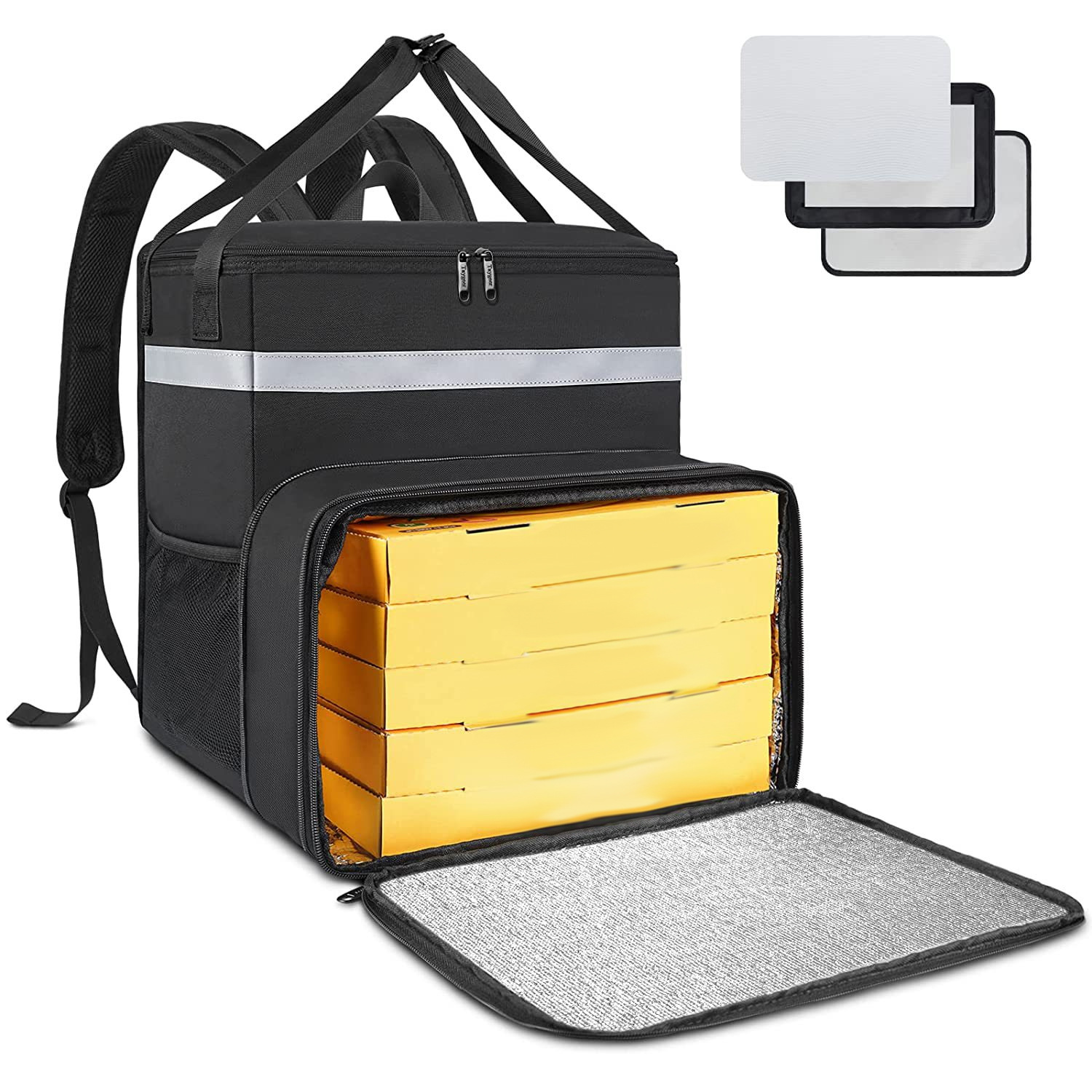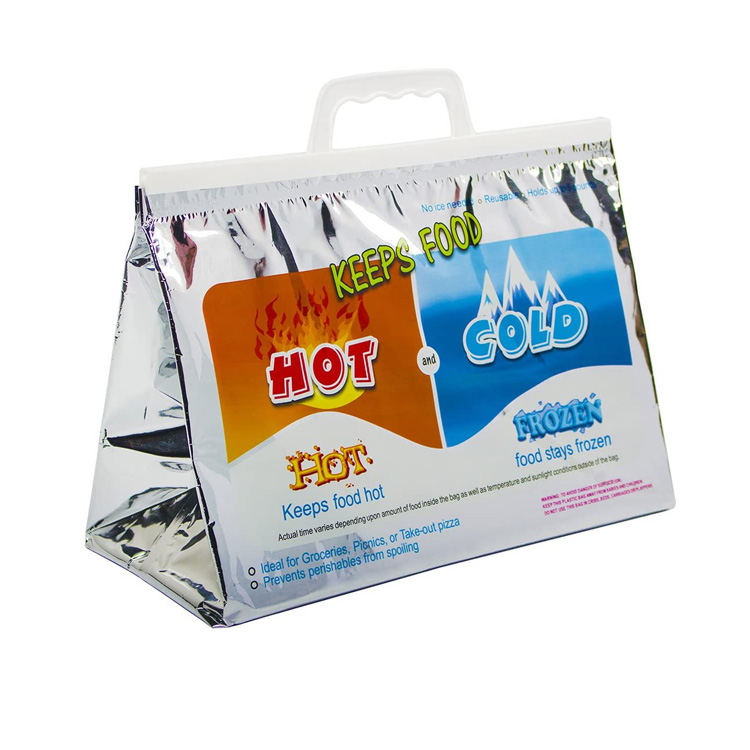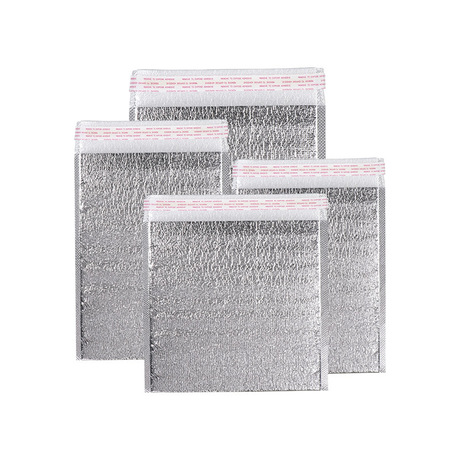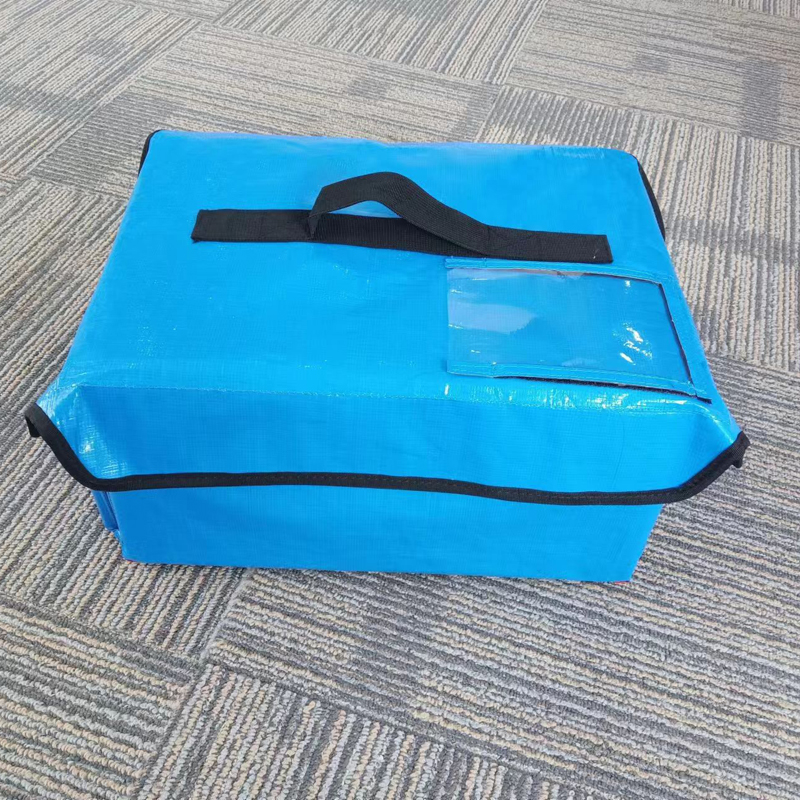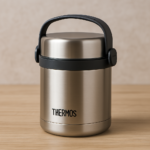Insulating boxes are usually used to keep items within a specific temperature range, whether they are warm or cold. Common insulation box materials include:
1. Polystyrene (PSE):
Caractéristiques: Polystyrene, commonly known as foamed plastic, has good insulation performance and lightweight characteristics. It is a low-cost material commonly used for disposable or short-term insulation boxes.
Application: Suitable for transporting lightweight items or food, such as seafood, glace, etc..
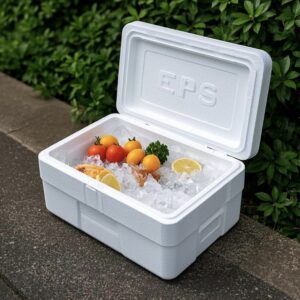
2. Polyurethane (Unité centrale):
Caractéristiques: Polyurethane is a hard foam material with excellent insulation performance and structural strength. Its insulation effect is better than polystyrene, but the cost is also higher.
Application: Commonly used in insulation boxes that require long-term insulation or require stronger and more durable insulation, such as pharmaceutical transportation and high-end food distribution.

3. Polypropylene (PP):
Caractéristiques: Polypropylene is a more durable plastic with good heat and chemical resistance. It is heavier than polystyrene, but can be used multiple times.
Application: Suitable for reusable insulation needs, such as home or commercial dining delivery.

4. Fiberglass:
Caractéristiques: Fiberglass insulation boxes have very high insulation performance and durability. They are usually heavier and more expensive, but can provide excellent long-term insulation.
Application: Suitable for transporting items under extreme conditions, such as laboratory samples or special medical supplies.
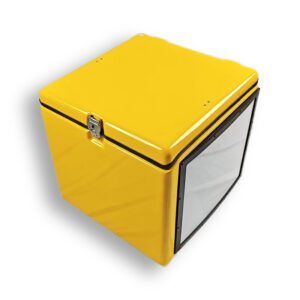
5. Stainless steel:
Caractéristiques: Stainless steel insulated boxes have high durability and excellent insulation performance, while being easy to clean and maintain. They are usually heavier and more expensive than plastic materials.
Application: Commonly used in food services and medical fields, especially in environments that require frequent cleaning or disinfection.
The selection of these materials usually depends on the specific usage requirements of the insulation box, including the length of insulation time, the weight to be carried, and whether waterproofing or chemical erosion resistance is required. Choosing the appropriate material can maximize the insulation effect while considering cost and durability.







